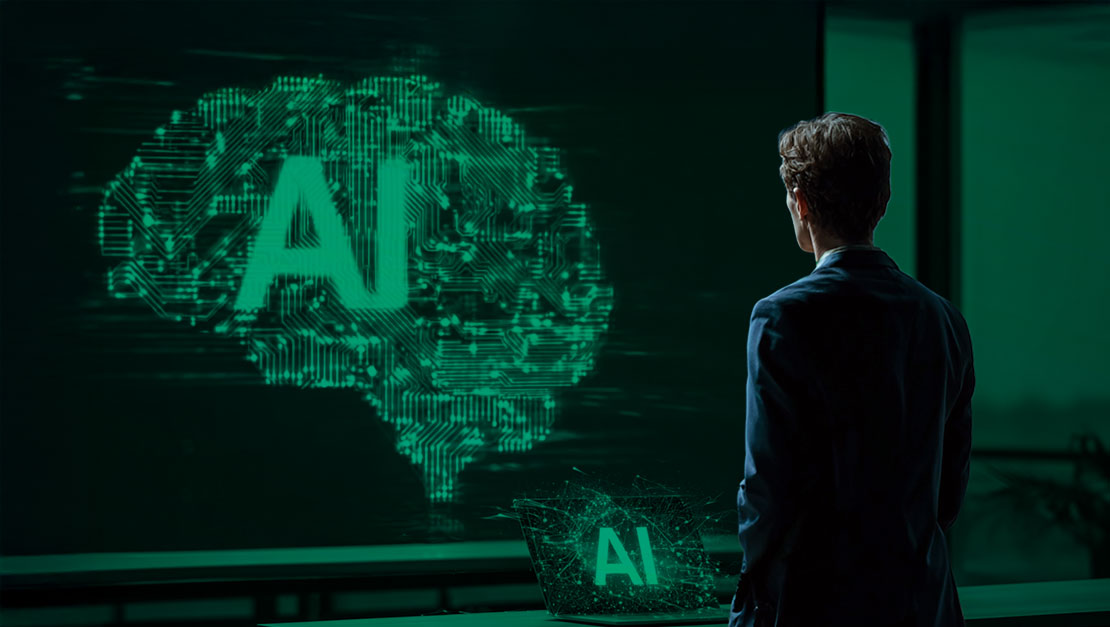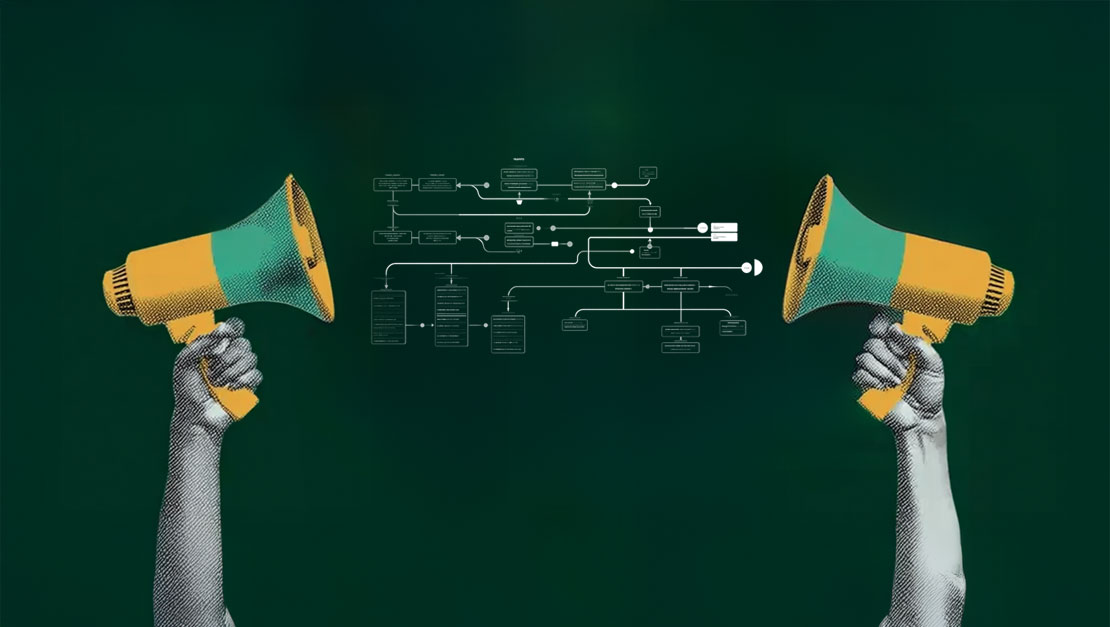The Unseen Data: Unlocking Enterprise Agility with Speech-to-Workflow AI
In the pursuit of operational excellence, modern enterprises relentlessly optimize processes, streamline workflows, and invest in sophisticated analytics. Yet, a pervasive challenge persists: the vast ocean of unstructured, uncaptured, or underutilized data residing in the most critical of places – human communication on the frontline. This is the unseen data that often dictates the pace, safety, and efficiency of real-world operations, yet remains largely inaccessible to digital systems.
The Enterprise Dilemma: Rigidity, Manual Bottlenecks, and Lost Intelligence
Contemporary enterprises, despite their technological advancements, often grapple with inherent rigidities. Legacy systems, established protocols, and a reliance on manual data entry or complex digital forms create significant friction. This manifests in several critical areas:
- Operational Slowness: Tasks requiring data input often halt workflows, demanding operators to divert attention from their primary duties to interact with devices, leading to delays and reduced throughput.
- Data Incompleteness and Inaccuracy: The human element in manual data entry is prone to error, omission, or delayed input. In high-pressure or noisy environments, critical observations may never be recorded, or they might be jotted down inaccurately, leading to downstream issues in reporting, compliance, or decision-making.
- Lack of Real-time Visibility: When data is manually collected and then transferred to digital systems in batches, real-time insights are compromised. This delay hinders proactive problem-solving and adaptive management.
- Limited Accessibility at the Edge: Many frontline roles (e.g., manufacturing, field service, logistics, aviation maintenance) require workers to operate hands-on, often in environments where a keyboard or touchscreen is impractical or unsafe. This creates a significant barrier to immediate data capture.
These challenges collectively contribute to a persistent gap between raw operational events and their digital representation, limiting agility and informed decision-making.
AI as the Catalyst: Bridging the Physical-Digital Divide
Artificial intelligence (AI) has emerged as a transformative force in addressing many of these enterprise rigidities. From predictive maintenance to intelligent automation of routine tasks, AI’s ability to process vast datasets and identify patterns has reshaped business processes. However, a significant frontier remains: the intelligent capture and structuring of data directly from human interaction, particularly spoken language.
Among the myriad AI tools, Voice AI stands out as uniquely positioned to bridge the physical-digital divide. Its strength lies in its ability to enable natural human-computer interaction, aligning technology with our most innate form of communication.
The Power of Voice: The Most Natural Interface for Data Capture
Voice is inherently faster and more intuitive than manual input methods. Research consistently indicates that humans can speak significantly faster than they can type – often 3X faster or more. This fundamental efficiency, coupled with the hands-free nature of voice, opens up unprecedented opportunities for data capture in dynamic, operational settings.
Consider the implications:
- Reduced Cognitive Load: Frontline workers can focus on the task at hand, simply speaking their observations or actions, rather than splitting attention between physical work and digital data entry.
- Enhanced Data Richness: Natural speech allows for more nuanced and detailed reporting than restrictive dropdown menus or checkboxes, capturing valuable context that might otherwise be lost.
- Improved Safety and Compliance: In critical environments, hands-free voice interaction can reduce safety risks associated with diverting attention or manipulating devices. Real-time data capture also supports immediate compliance checks.
- Ubiquitous Accessibility: Voice interfaces can democratize access to digital systems, allowing workers across diverse linguistic backgrounds or varying technical proficiencies to contribute data seamlessly.
The potential for voice AI to resolve long-standing issues of data incompleteness, inefficiency, and operational bottlenecks is profound. However, realizing this potential requires more than generic speech-to-text; it demands a sophisticated understanding of context, jargon, and integration into existing enterprise workflows.
Speech-to-Workflow: aiOla’s Unique Approach to Enterprise AI
This is precisely where aiOla’s Speech-to-Workflow technology distinguishes itself. We move beyond mere transcription to a holistic approach of transforming unstructured spoken data into validated, structured information, ready for immediate action within any business workflow.
At its core, aiOla’s solution empowers users to speak naturally, and its intelligent AI not only captures that information but critically maps it directly to the precise schemas, forms, and fields within existing client systems, triggering automated processes in real time.
Our proprietary Speech-to-Data Platform, powered by foundational models like Jargonic, is engineered to address the complexities of real-world enterprise environments:
- Jargon-Aware Accuracy: Unlike standard Automatic Speech Recognition (ASR), aiOla’s AI is meticulously trained to understand industry-specific terminology, acronyms, and accents, even amidst significant background noise. This ensures over 95% accuracy in capturing the critical details that truly matter for operational workflows.
- Intelligent Data Structuring: The system doesn’t just produce a text transcript. It intelligently identifies entities, extracts key data points, applies logical validation, and automatically formats the information to fit any predefined schema. This transforms raw spoken input into clean, actionable data ready for consumption by an ERP, CRM, MES, or any other enterprise system.
- Seamless Workflow Integration: The structured data is then seamlessly pushed into the client’s existing digital infrastructure, directly populating forms, updating databases, and initiating subsequent steps in complex workflows—all without human intervention. This enables true hands-free automation at the point of work.
- Built for the AI Factory: Leveraging the NVIDIA Enterprise AI Factory validated design, aiOla’s architecture is production-ready, scalable, and secure. This collaboration ensures that our voice AI solutions are not theoretical propositions but robust, deployable systems capable of handling the demands of global enterprises. As Jensen Huang, CEO of NVIDIA, articulated at GTC Paris, the AI Factory vision is here, and solutions like aiOla’s are proving that voice is becoming its primary interface on the frontlines of industry.
By enabling Speech-to-Workflow, aiOla is not merely optimizing individual tasks; we are fundamentally reshaping the human-computer interface in the enterprise. We are empowering the 1 billion frontline workers worldwide to contribute data effortlessly, enhancing safety, accuracy, and efficiency where it matters most, and ultimately, making the entire enterprise ecosystem truly responsive and agile.








